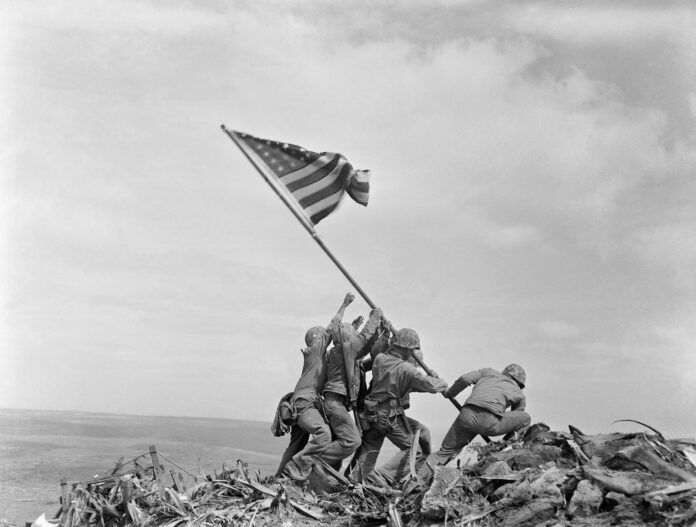Article Excerpt:
The end of WWI left the world in a tense political situation that soon generated new ambitions and rivalries. In Europe, the feelings of humiliation, together with political and economic instability, propelled some countries, such as Italy and Germany, to political extremism. The result was the suppression of political opposition, the creation of strong propaganda machines, and the start of aggressive policies on territorial expansion. The war broke out in early September 1939 with the German invasion of Poland and a consequent war declaration by France and Britain on the Nazi regime.
In terms of photographic production, WWII saw the most extensive use of professional, military, and freelance photographers. Indeed, the concept of war photographer as we intend it today was born during this conflict. Names such as Robert Capa, George Silk, Margaret Bourke-White, and William Eugene Smith, became popular in the pages of magazines and newspapers and set a standard for those to come. Technology had also evolved since the 1920s. Photographers could now rely on small cameras such as the Rolleiflex, the Contax rangefinder, and the Leica. Free from cumbersome equipment and long exposure times, reporters could finally photograph active combat. For instance, the blurred images taken by Robert Capa on D-Day were made with a Contax II and catapulted the world into the freezing waters of Normandy and the chaos of warfare.
All images of war are hard to face, some more than others. Many have wondered about the ethical issues of recording violence, but Bourke-White provided an answer that still rings true today: “Difficult as these things may be to report or to photograph, it is something we war correspondents must do. We are in a privileged and sometimes unhappy position. We see a great deal of the world. Our obligation is to pass it on to others.”
Analysis:
We have all seen images of war that decorate our textbooks. Due to the nature of evolving technologies, war documentation has been able to progress from paintings and hand-drawn sketches of combat, to photographical documentation of the fight. Where hand-drawn images take time and are often more representative of combat than descriptive, photographs allow for a raw, realistic view of what war looks like and the damage it causes not only for soldiers, but civilians as well. Though photography does not necessitate the artist to “translate” reality onto a canvas with their discretion, it does require photographic instinct (and luck) to capture a good photo. The “artist,” which in this case, is the photographer, still has a directorial say in the culmination of these images.
Technology has changed immensely since WWII, and we have seen these changes in the documentation of war. Today, videos and photographs are used to document the reality of these disasters. The use of drones is able to provide a easy, cost-effective way to capture photo and video from an aerial view of combat, as opposed to an on-foot ground view which restricts certain scenes from being fully captured. New inventions such as virtual reality and AI may fuel new forms of documentation for war in the future.
Many posit that there are ethical issues with recording this violence. The gruesome nature of combat may be seen as exploitation of these soldiers, however I feel that this documentation is necessary to provide a full understanding of the disaster that comes as a result of war. Margaret Bourke-White, an American documentary photographer, asserts that as “difficult as these things may be to report or to photograph, it is something we war correspondents must do. We are in a privileged and sometimes unhappy position. We see a great deal of the world. Our obligation is to pass it on to others.” I agree with her claim, that it is our obligation to keep our history alive, to document it, and to learn from it. Ignorance is not an option, and we must face the hard truth of the brutality of combat to gain an understanding for what war has looked like, and to prepare for what it might look like in the future.




